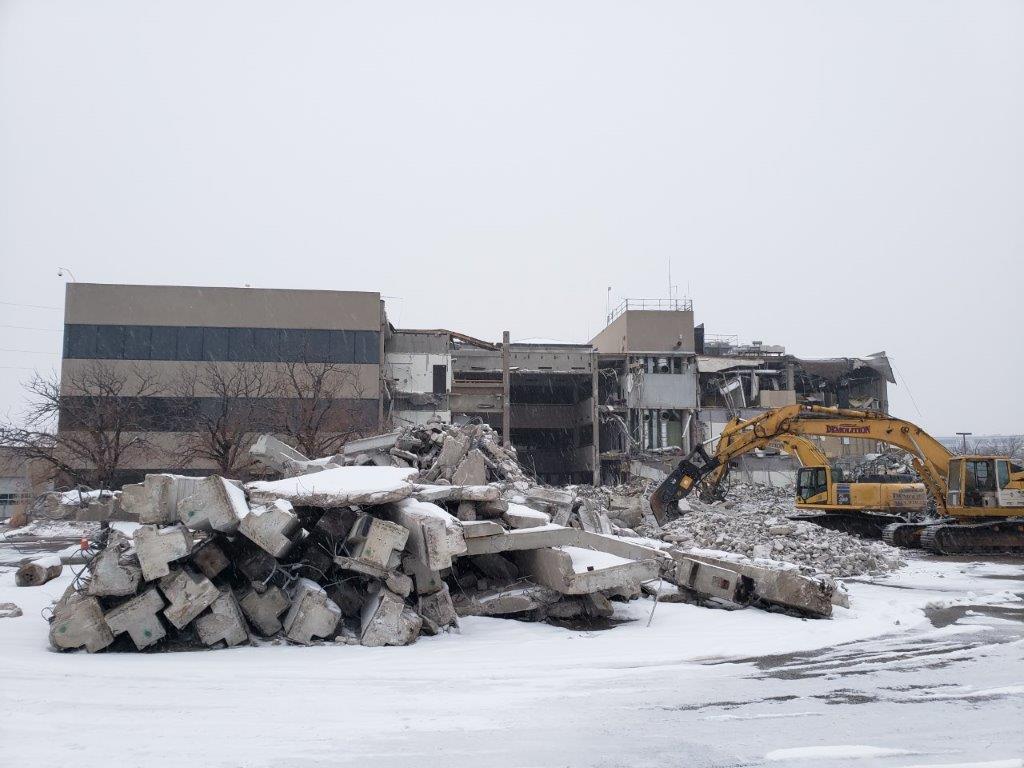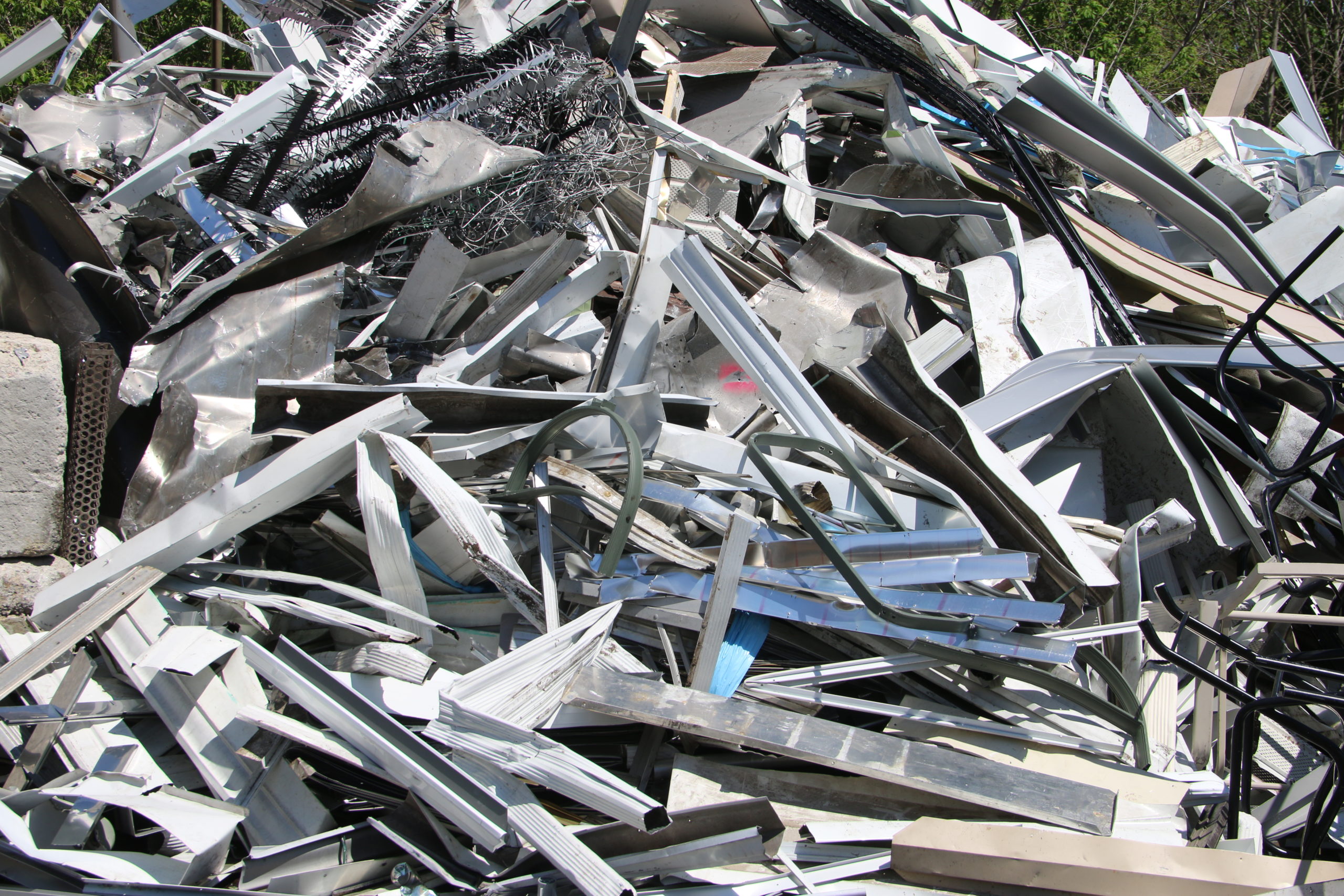
Call this a mega-recycling project
The four-year redevelopment of Denver Water’s 35-acre Operations Complex is essentially complete.
The sustainable elements of the complex — including its use of solar power, a system to reuse water for toilets and irrigation, a super-efficient heating and cooling system — have been steadily documented here on TAP.
But as we near the finish line, it’s worth taking note of one more important earth-friendly factor at play: the recycling of the demolition debris generated by renovating Denver Water’s home base for a sustainable future.
In all, a whopping 81% of construction waste was diverted from landfills and delivered to processors who specialize in finding a second life for the material. Put another way, 59 million pounds — or nearly 30,000 tons — of material were reprocessed instead of buried in the ground.
That’s a lot of material.
For context, consider that a compact car weighs roughly 3,000 pounds. That means the recyclable material salvaged from Denver Water’s redevelopment was the equivalent weight to 20,000 small cars.
“These practices had a tremendous impact,” said Lee Ferguson, a vice president at Trammell Crow Company, which acted as the Owner’s Representative on the complex redevelopment project team.
“Diverting demolition materials from the landfill is a key component of a project earning LEED (Leadership in Energy and Environmental Design) certification and was an important part of what made the complex redevelopment at Denver Water an environmental success.”
The final numbers show all the asphalt and concrete, the material making up most of the waste, was diverted. So was much of the wood, most of the metal and all the drywall.
What becomes of all that material? It goes to all kinds of projects and reduces the need for virgin materials that would otherwise be used.
“Asphalt, concrete and rubble are often recycled into aggregate or new asphalt and concrete products. Wood can be recycled into engineered-wood products like furniture, as well as mulch, compost and other products. Metals — including steel, copper and brass — are also valuable commodities to recycle,” according to an Environmental Protection Agency website on sustainable management of construction debris.
Recycling of construction and demolition debris isn’t often at the top of mind for many people who think more about soda cans and scrap paper when they think of recycling.
However, this kind of debris is an enormously important part of recycling efforts.
A 2018 EPA Fact Sheet shows that 600 million tons of construction and demolition debris were generated in the United States in that year, which is more than twice the amount of trash generated by household waste streams.
The good news: most of that construction and demolition debris — roughly 75% — was diverted from landfills in 2018, also according to the EPA.
Salvaging recyclable materials from Denver Water’s Operations Complex Redevelopment Project was in keeping with the utility’s focus on green practices, including its ongoing work to cut its own waste stream as part of the everyday course of business, said Kate Taft, Denver Water’s sustainability manager.
Recycling and waste reduction also helps reduce emissions tied to climate change, another high priority for Denver Water.
“We focus a lot on all the sustainable elements of the new complex, and we should, because they are on the leading edge of green building concepts,” Taft said.
“But diverting tens of thousands of tons of waste from landfills was an important accomplishment. It’s less visible than a solar array, but it means reusing enormous amounts of materials, like concrete and metals, and reduces the need for new materials and the impacts associated with developing those. It means a little less pressure on the earth and a reduction in the need for its raw materials.”



